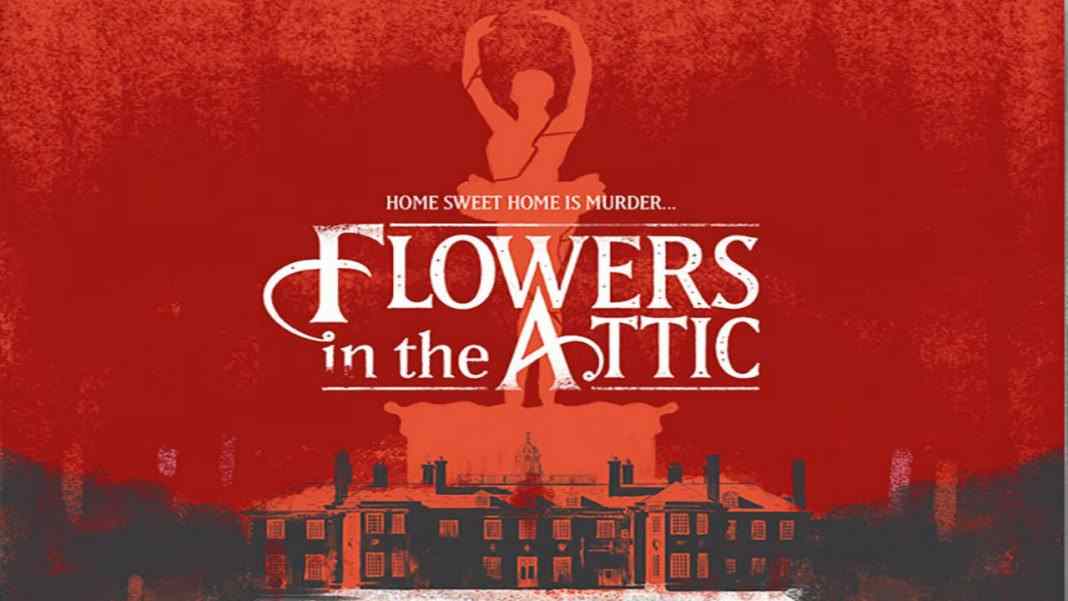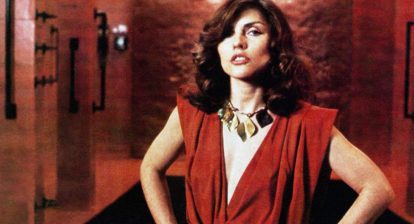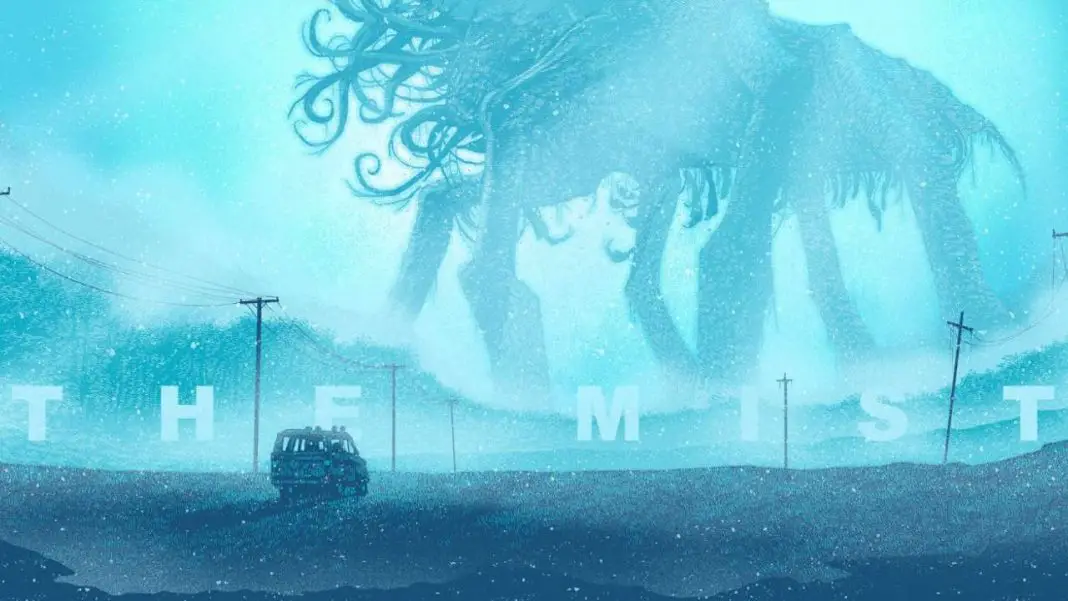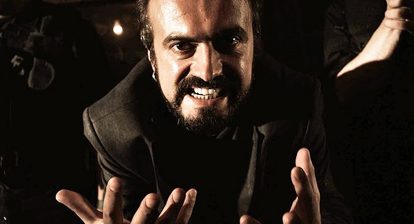As the post-mortem video left by the franchise’s best character, Randy Meeks, states in Scream 3, “trilogies are a rarity in the horror field.” Unlike anything else in Scream 3, he’s right. But they do exist, even if it is often better if they didn’t. A lot can happen to a trilogy to make it worse. It can be left untouched for decades before the final movie comes along, it can simply drop in quality or—most commonly—a fourth film will be made, as was even the ironic case for Scream. But here are some horror trilogies that manage to pull through.
5. JOHN CARPENTER’S APOCALYPSE TRILOGY-
This is a thematic trilogy, and the movies themselves are not actually connected, much like Edgar Wright’s Cornetto trilogy (Shaun of the Dead, Hot Fuzz, World’s End). These movies are connected only by a theme of the end of the world, a slight sense of nihilism and the hint that the threat may not be entirely over at the end. Individually the movies all stand up really well and despite their aforementioned similarities they are three completely different films. The Thing is considered by many to be Carpenter’s masterpiece. It’s a tale of paranoia and how man’s inherent distrust is ultimately his downfall. Prince of Darkness is a cosmic horror mixing Satan with quantum physics with impressive results. In the Mouth of Madness is about the line between fiction and reality and just how thin it really is. All of these movies are different and are even different kinds of horror movies, yet they flow well into each other when watched as a group.

4. THE THREE MOTHERS TRILOGY-
Dario Argento’s “Three Mothers” trilogy is loosely connected, but definitely has a central theme and concept that bridges the movies together. The only thing stopping this trilogy from ranking higher is time. Suspiria was the first entry in the trilogy and it is a masterpiece. It centers on a ballet school that is secretly home to a coven of witches who are led by/worship the first mother, the Mother of Sighs. Argento’s very next film was a Inferno, which took the action to a New York high rise apartment building and introduced the Mother of Darkness. The concluding chapter did not follow until 2008, nearly thirty years later, after Argento’s career had already begun a downward spiral. It was too little, much too late. But it is certainly better than some of the films Argento made following it. Mother of Tears even brings things full circle by bringing up events from Suspiria and even bringing back certain characters.

3. THE GATES OF HELL TRILOGY-
Like the “Three Mothers” trilogy, the films in Lucio Fulci’s “Gates of Hell” trilogy ae connected only by a central theme. This is a core concept of seven doorways to Hell located throughout the Earth where the lines between the living and the dead are blurred, where things from the other side can step through into our world. Doors that, if opened, could unleash Hell on Earth. City of the Living Dead, the first film of the trilogy, is set in a small New England town. A priest kills himself, but comes back as an apparition, raising the dead and attempting to open up the doorway. The Beyond, the second in the trilogy, may be the best of the tree and possibly Fulci’s career. It’s about a Louisiana hotel that was home to a brutal murder many years earlier. One that is now being renovated with intent to reopen. The dead begin to step over from the other side, brutally dispatching the living, and the entire film feels like a living nightmare. The third film, House by the Cemetery, may be the weakest but it is still suspenseful, gory and certainly worth a watch.

2. THE EVIL DEAD TRILOGY-
This is the one that everybody knows. This is probably the most adored horror trilogy of all time. It has more continuity than the other films on the list, but only just. Bruce Campbell is the through line as poor Ash Williams, who only wanted a romantic weekend with his girlfriend and friends and instead wound up having to dismember them after they all became possessed by the ancient demons lurking in the woods around their cabin. Because the second film was made at a different company than the first, they could not obtain the rights to footage from the first movie, so those scenes are reshot and recapped with Ash and his girlfriend now being the only two characters. This has confused some people into thinking that Evil Dead 2 is a remake. It’s not. It’s just inconsistent and after that recap, it jumps in the second after the first film ended and carries on through the next day and night. It also adds humor and horror in equal doses, cementing Ash as a horror hero by the end of the film. Army of Darkness is the perfect end to the trilogy. It’s full-blown epic horror/fantasy/comedy and Ash becomes a fully developed, smarmy, cocky action hero.

1. THE DEAD TRILOGY-
Romero may have wound up making six zombie movies in total, but the original trilogy speaks for itself and is a fully-realized work of horror unto itself. It’s quintessential. It is what launched an empire of zombie films and zombie filmmakers and most certainly other zombie film franchises. The movies are not specifically connected, they are at three very different stages in a large outbreak and that is the best kind of progression that could connect them. In Night of the Living Dead, nobody knows anything. Nobody even knows what’s happening and the news and all the reports are scrambling to find out and to find an explanation that makes sense. In Dawn of the Dead, people now know what is happening, but they don’t know why. The news reports the characters watch in that film look more like people having philosophical debates. They don’t want to report what’s happening anymore, they just want to understand it. In Day of the Dead, the characters are underground and isolated. They’re cut off from everything. They’re simply trying to adjust to the way the world is now and are beginning to become the awful sort of person that thrives in a world that’s gone to Hell. It wouldn’t be hard to track the five stages of grief through the Dead films, with the opening of Night of the Living Dead showing denial and the events in Day of the Dead showing a grim state of acceptance. Romero said that with these three movies he got to do them nearly ten years apart so that each film could comment on the time in which it was made. And they do. They’re some of the best political horror movies ever. Night of the Living Dead is very much about the classism and the end of the civil rights movement prevalent in the 1960’s, Dawn of the Dead was about the consumer culture of the 1970’s, and Day of the Dead is very much a stark horror film about the Reagan era. There’s so much to see in these films, but on top of everything… they’re simply three great zombie movies.








